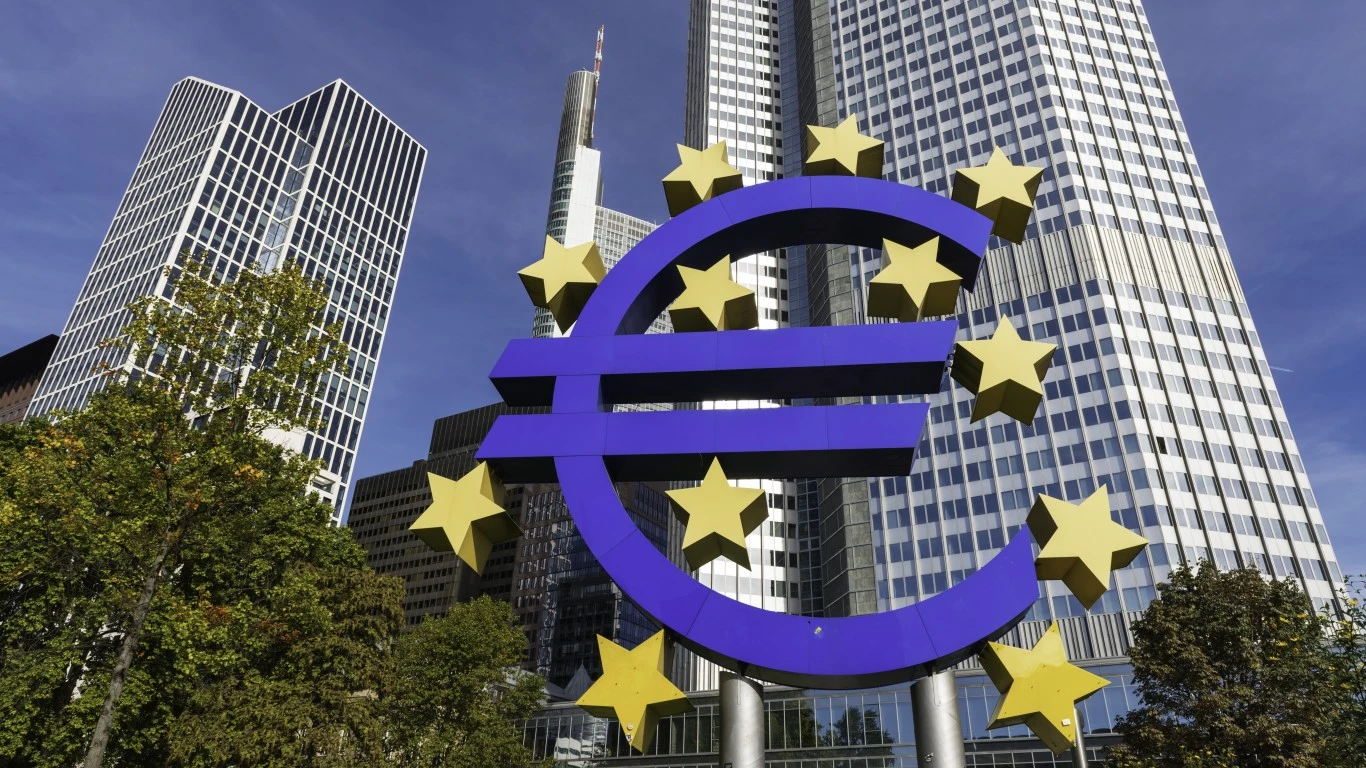
By David Callaway, Callaway Climate Insights
(David Callaway is founder and Editor-in-Chief of Callaway Climate Insights. He is the former president of the World Editors Forum, Editor-in-Chief of USA Today and MarketWatch, and CEO of TheStreet Inc.)
The European carbon credit market had for most of the past two years been a one-way bet. But Putin’s invasion of Ukraine changed all that.
Carbon prices that had closely correlated with rising oil prices ahead of the invasion — reaching a record of €95 ($104.29) the day before Putin’s troops entered Ukraine last month — suddenly tanked, a victim of a short squeeze in oil markets that forced big carbon polluters to sell credits to grab liquidity as global markets reeled.
The decline to as low as €58, and the subsequent bounce back to about €76 as of the end of last week, highlights the fragility of a new market that had been riding high on Europe’s move toward de-carbonization and renewable energy ahead of the war over Ukraine. It also is an early indication of the need for more transparency and disclosure among companies, banks, and other financial firms about potential risk.
A new report out this week from the European Central Bank highlights that while about three-quarters of European banks are making some progress disclosing parts of their climate governance practices, the majority . . . .
To read the full column, all our insights, news and in-depth interviews, please subscribe and support our great climate finance journalism.





